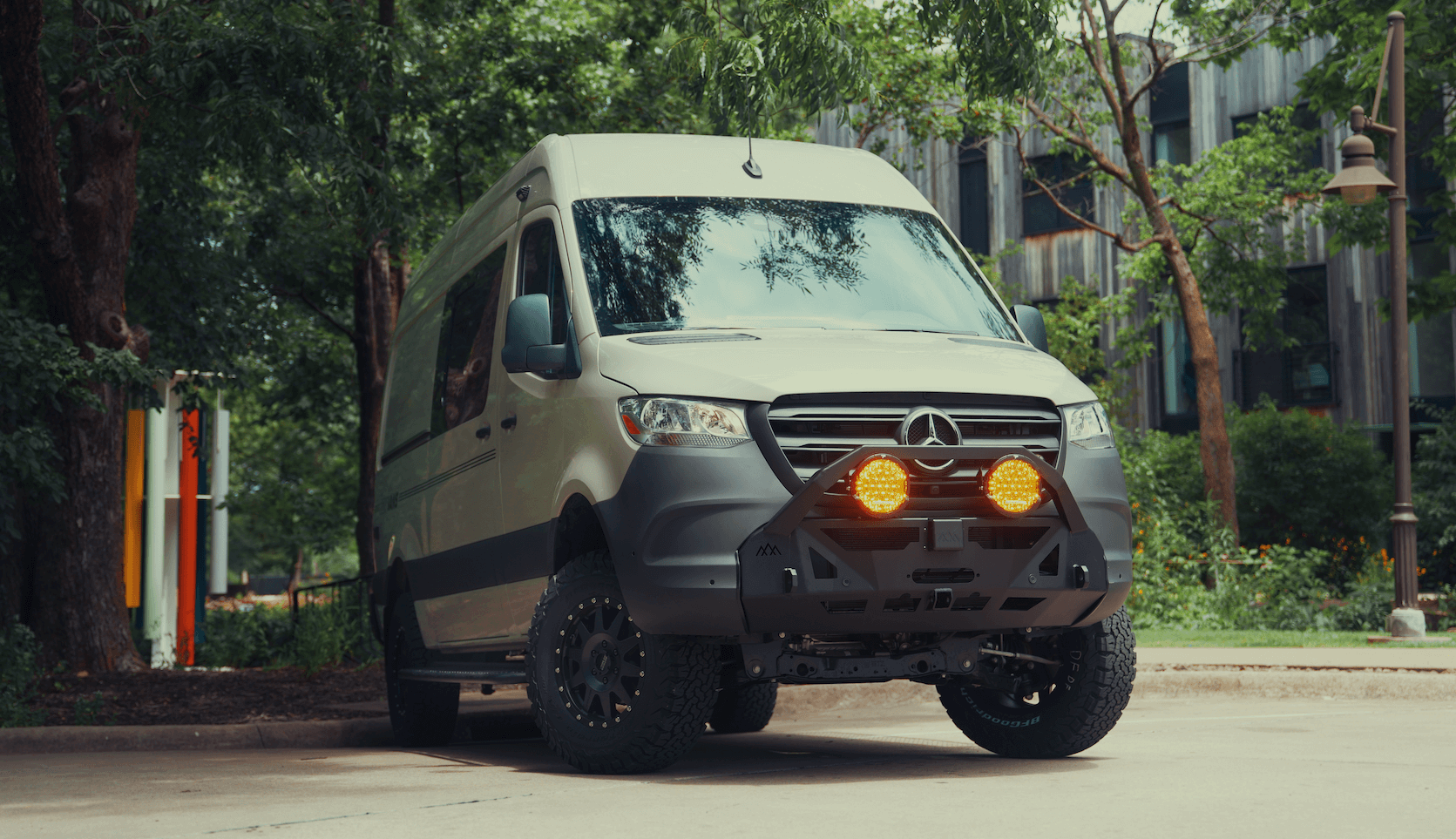What makes a heater truly quiet at night
A quiet heating system does two things well. It avoids sudden bursts of airflow and it minimizes mechanical vibration near where you sleep. Blower noise, combustion tone, fuel pump ticking, and cycling on and off are the main culprits that disturb rest. The quietest setups deliver steady, low output heat and keep moving parts far from the bed. Insulation quality and airtightness reduce how hard a heater must work, which in turn lowers fan speed and sound.
Where noise comes from
- Fans and blowers: the dominant source, especially on startup or high fire
- Combustion tone: intake and exhaust resonance can hum or drone
- Pumps: diesel metering pumps tick and coolant pumps can hum
- Short cycling: frequent on off events wake light sleepers
- Duct turbulence: abrupt bends and small outlets raise whoosh noise
The quietest heating options for sleeping
If silence is the goal, choose systems that warm surfaces or your body directly, not just the air. Radiant and contact heat avoid blowers entirely. Forced air becomes competitive only when sized for low, continuous output and installed to tame vibration and resonance.
Silent or near silent choices
- Hydronic radiant floor heat: Warm floors radiate evenly with no fan. A small circulation pump can be very quiet when rubber mounted. Response is slow, but comfort and silence are excellent.
- DC heated bedding: Electric mattress pads or blankets target you, not the whole cabin. They sip power compared to space heaters and are effectively silent, ideal for deep sleep.
- Catalytic or radiant propane heaters: No blower, so sound is minimal. They require fresh air, clearances, a carbon monoxide detector, and careful operating practices. Moisture production is higher than sealed combustion systems.
How common heater types compare for sleep
Forced air systems move heat fast but bring airflow and mechanical sounds. With careful selection and setup, they can be quiet enough for most sleepers. The key is steady low fire operation and acoustic attention to detail.
Installation and tuning for low noise
- Diesel air heaters: Modern units can settle near a gentle fan hum when properly sized and run at low output. Mount the metering pump on soft isolators, add intake and exhaust mufflers, use larger ducting with smooth bends, and place the heater away from the head of the bed. Oversized units that short cycle are far louder than right sized models that modulate.
- RV propane furnaces: Reliable, but start up rush and blower noise can be pronounced. Larger ducts and sound dampening around the plenum help, but these rarely match hydronic or well tuned diesel units for quiet sleep.
- Heat pumps and mini splits: On their lowest fan setting they can be impressively quiet indoors. The outdoor compressor adds some exterior noise and cold weather performance can drop without low ambient features. Power availability and packaging drive feasibility in mobile platforms.
- Electric space heaters: Fanless oil filled radiators or panel heaters are very quiet but typically require shore power. Small ceramic models add fan hiss that may be noticeable at night.
Additional ways to keep nights quiet
Good design quiets any heater by reducing the load and smoothing out operation. Think of the system as an orchestra: insulation, sizing, modulation, and acoustics all play a part in the sound you hear at two in the morning.
Practical noise reduction steps
- Insulate and seal: Better thermal control means lower fan speeds and fewer cycles
- Right size the BTU: Undersized runs hot and loud, oversized bangs on and off
- Favor modulation: Controllers that hold a steady low output are easier on the ears
- Isolate vibration: Rubber mounts for pumps, heaters, and plumbing clamps stop structure borne noise
- Treat the ducts: Use larger diameter ducts, long radius bends, and lined plenums to soften airflow noise
- Route smartly: Keep heaters, pumps, and outlets away from pillows and quiet zones
- Monitor air quality: Use carbon monoxide and propane detectors, crack vents as required for combustion safety
Quietest verdict for sleep
- Quietest overall: Hydronic radiant floor or fanless heat exchangers paired with a compact hydronic boiler, plus DC heated bedding for personal warmth
- Quietest combustion air system: A well installed, properly sized diesel air heater running at low fire with muffled intake and exhaust
- Quietest shore power option: Oil filled electric radiator or panel heater
Planning a silent cabin often means combining strategies: radiant background heat, targeted heated bedding, and an air system idling at a whisper to trim cold corners.
Turn this knowledge into a quiet build with OZK
You now know what keeps a cabin hushed at night. If you want that same calm in your rig, OZK Customs engineers and installs quiet heating packages built around your platform, climate, and power profile. Our team designs hydronic systems, radiant floors, and low noise diesel air solutions with careful routing, acoustic isolation, and smart controls so your nights stay peaceful.
Explore our Recreational vans for inspiration, see how a Custom van build comes together, or review Mainstream vans if you prefer a finance friendly platform.
Strong finish: Sleep comes easy when heat is steady and quiet. Share your travel style and comfort goals, and we will specify, fabricate, and integrate a low noise heating system that feels natural the first night out.
